Spellbound: Teaching Tricks to Make Spelling Stick!
In this video series, Martha Kovack highlights tips and tricks for teaching spelling, including orthographic conventions like -ck, -tch, and -dge.
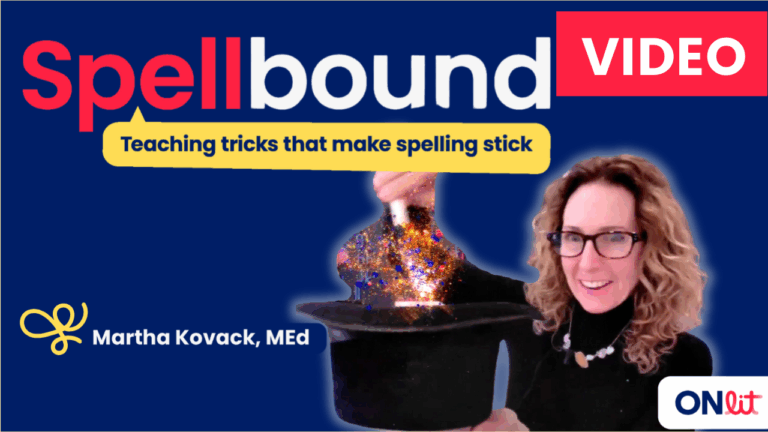
In this video series, Martha Kovack highlights tips and tricks for teaching spelling, including orthographic conventions like -ck, -tch, and -dge.

This is an engaging, fun storybook including five decodable stories which teach the five vowels, consonants, two digraphs and a few non-phonetic words. It is based on a structured literacy approach, and a note to caregivers at the front of the text explains how they can create flashcards to help new readers learn the vowels…
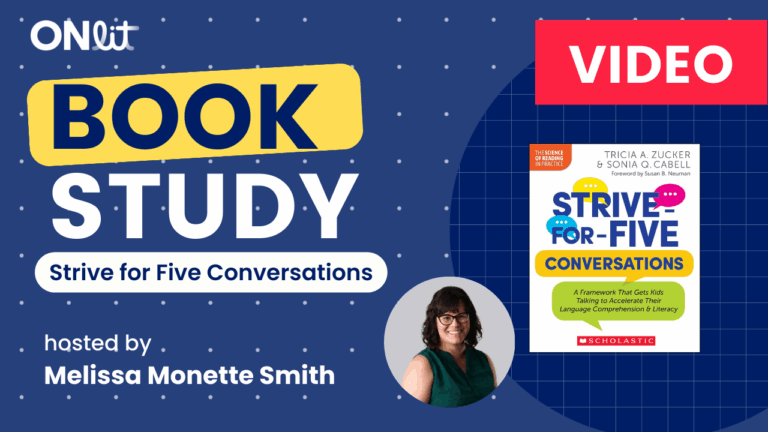
Catch up on our Strive for Five book study! Hosted by Melissa Monette Smith, this book study explores a framework for extending conversations with students from Kindergarten through Grade 8 to accelerate language comprehension and support academic growth.

This slidedeck is created for teachers to use with their students to focus on letter names, sounds and printing formation. Using ONLit’s Embedded Picture Mnemonics videos and Printing Like a Pro printing sheets, this slide deck explicitly teaches each letter name, sound and printing formation (in order of ease of formation). Using this slidedeck with…

These labels were created for SyllaSense Decodable Texts. The labels include the grapheme/phoneme correspondences (from their Scope and Sequence) which are introduced in each title. These were created to aid teachers in finding the decodable texts needed for students who may need extra practice aligned with the skills taught in a Tier 1 program. To…

This newly updated book (Third Edition) is a great resource for teachers of all grades looking to support their students’ reading comprehension. It’s particularly helpful for instructing students who have learning difficulties, but is a valuable read for all educators. The book includes chapters on Vocabulary, Promoting Content-Area Literacy, Supporting English Learners, Intensive Interventions, Multicomponent…
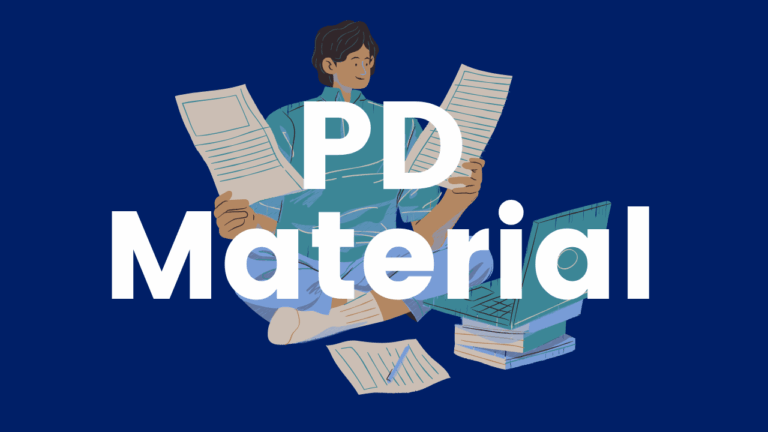
Talk Moves are sentence starters and gestures that teachers and students can use to invite everyone into the conversation and encourage academic thinking. Learn how to create a classroom culture of talk and incorporate talk moves in your class through this Talk Moves PD Series. Starting September 2024, a new module will be available every…

This template can be used for daily review of alphabet formation and weekly progress monitoring. This can be used as a tool for students who to review phonics skills and practice sky, ground, grass letter formation.
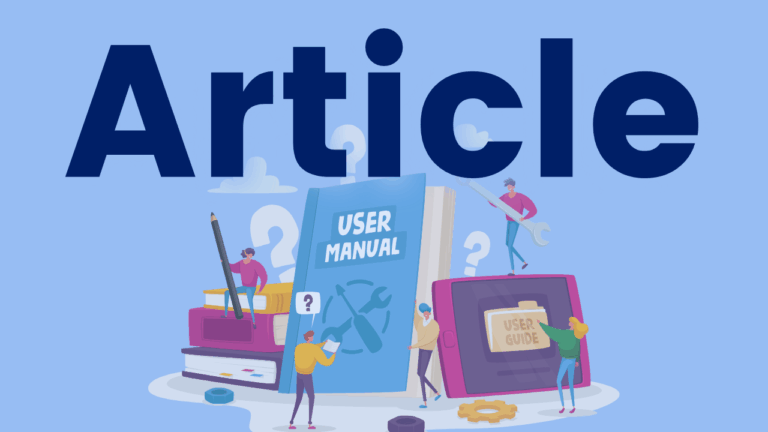
Whether using something new, successful implementation takes intentional planning and time. Implementation is not an event but a process involving multiple decisions and actions. Although implementation can take longer than we hope or anticipate, its process and trajectory can be predicted and shaped using a stage-based approach. The Implementation Stages Planning Tool supports identification of…
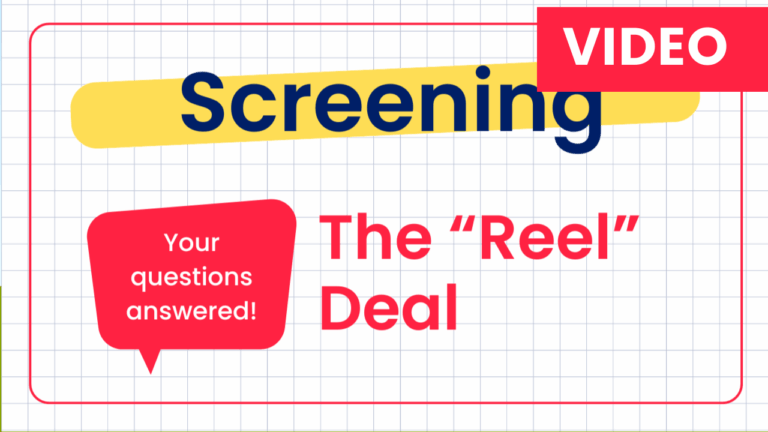
Why do we need to screen – don’t we already know which students are having difficulty with reading? Watch this brief video that unpacks how screening data help us build systems the set all students up for success.

Learning a new skill or strategy follows a predictable sequence known as the Instructional Hierarchy. As students build proficiency with a skill, it’s important to consider how we can build purposeful opportunities for practice. In this video, learn how grade 2/3 teacher Laura Bross uses partner reading in her class.

Fluency is essential for skillful and motivated reading, but is often misunderstood. Fluent reading is NOT fast reading! Jan Hasbrouck defines reading fluency and clarifies the link between fluency and comprehension.